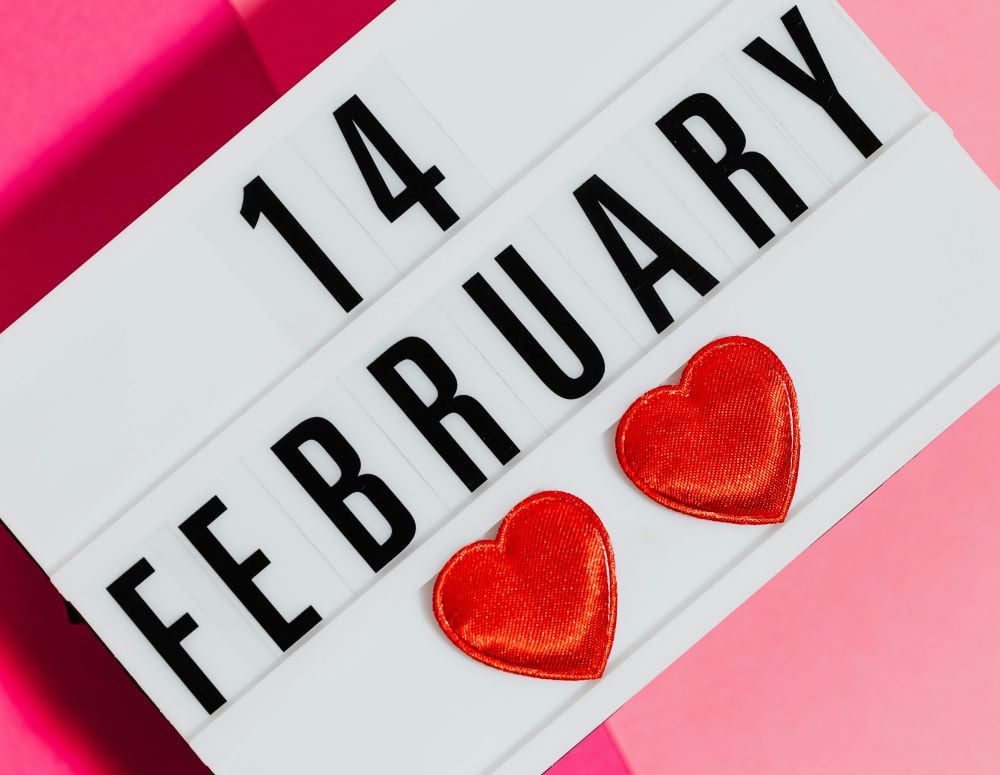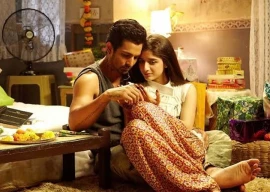
Valentine’s Day, celebrated on February 14th, is widely known as a day for love, romance, and heartfelt gestures. From exchanging sweet cards and gifts to planning elaborate dinners and proposals, the day is marked by countless traditions.
However, its history and evolution are rich with interesting facts that many may not be aware of. Below are 25 fun and surprising facts about Valentine’s Day that showcase its evolution from ancient rituals to modern-day celebrations.
1. Valentine's day and 14th Century
Although Pope Gelasius declared February 14th as Valentine’s Day in the 5th century, it wasn’t until the 14th century that the day became associated with love and romance. This shift was largely thanks to English poet Geoffrey Chaucer, who famously documented it as a day of romantic pairing in his 1375 poem Parliament of Fowls.
2. Saint Valentine is actually two historical figures
The holiday is often linked to the legend of Saint Valentine. However, the Catholic Church recognizes multiple saints by that name. One theory ties it to Saint Valentine of Terni, a bishop, while another connects it to a priest who secretly performed weddings for couples during Emperor Claudius II’s marriage ban.
3. Wearing heart on your sleeve has historical roots
Today, wearing one’s heart "on their sleeve" is an idiom for expressing love openly. But the phrase’s origins date back to a Roman tradition where men would draw names to determine their suitor for the year, and wear her name on their sleeve.
4. The oldest known Valentine was written in prison
Legend has it that the oldest known Valentine was written by Saint Valentine himself while he was imprisoned. The note, sent to a young girl who had visited him, was signed, "From your Valentine."
5. "Vinegar Valentines" were used to reject unwanted suitors
In the Victorian era, “vinegar valentines” were cards sent to deter suitors. Unlike traditional Valentines, these cards contained insults and rejections rather than affectionate messages.
6. Four US towns are named "Valentine"
In the US, there are four towns named Valentine, each with their own unique celebrations. Valentine, Nebraska, for instance, is decorated with heart-shaped street signs and restaurants serve heart-shaped steaks in honour of the holiday.
7. Valentine’s Day is the second largest card-sending holiday
According to Hallmark, Valentine’s Day is the second-largest holiday for card-sending in the U.S., with about 145 million cards exchanged annually.
8. Teachers receive the most Valentine’s day cards
While many associate Valentine’s Day with romantic love, teachers receive the most cards annually, highlighting the broader appreciation people have for those who teach and mentor.
9. Average person spends $188 on Valentine’s day
In 2025, the average individual is expected to spend $188.81 on Valentine’s Day, contributing to a record $27.5 billion in total spending on gifts and celebrations, according to the National Retail Federation.
10. Billions of spending on pets
Valentine’s Day isn’t just for partners. In 2022, Americans spent over $1.18 billion on gifts for their pets, showcasing how love extends to furry friends as well.
11. Candy: the most common Valentine's day gift
While many Valentine’s Day gifts are thoughtful and expensive, candy remains the most popular gift, though shoppers tend to spend more on jewelry.
12. Heart-shaped chocolate boxes were introduced in the 1860s
Cadbury introduced heart-shaped chocolate boxes in the 1860s. These boxes, still one of the most popular gifts today, helped solidify chocolate’s status as the go-to Valentine’s Day gift.
13. Conversation hearts were originally medical lozenges
Did you know that conversation hearts—those sweet candies with cute sayings—originated as medicinal lozenges in the 1800s? A Boston pharmacist initially created them as a remedy for sore throats.
14. Cupid is based on a Roman God
While we often picture Cupid as a chubby, winged cherub, his origins trace back to Roman mythology. Known as Eros in Greek mythology, Cupid was the god of love, sparking romantic feelings among gods and men.
15. Valentine’s day is the florist’s busiest day of the year
Valentine’s Day is the busiest day for florists, with approximately 22% of Americans buying fresh flowers to give as gifts, making it the number one holiday for flower purchases.
16. Red roses are the most popular valentine’s day flowers
Red roses have become a symbol of romance due to their association with passion. But different rose colors convey different meanings: pink represents grace, yellow symbolizes happiness, and white represents purity.
17. Around 250 million roses are grown for Valentine’s Day
In preparation for the holiday, approximately 250 million roses are grown annually, despite the cold winter months preventing their growth locally. These roses are flown in from warmer climates to meet the demand.
18. Galentine’s Day was inspired by a TV show
Galentine’s Day, celebrated on February 13th, was popularized by an episode of Parks and Recreation in 2010. The episode featured Leslie Knope celebrating friendship with a brunch for her female friends.
19. Valentine’s Day is a popular proposal day
Valentine’s Day is one of the most popular dates for proposals, though it isn't the top choice. Christmas Day holds that distinction, according to The Knot's internal data.
20. Lovebirds are real
The term "lovebird" isn’t just a metaphor. These colorful parrots mate for life, forming lifelong bonds with their partners. They are known for exhibiting erratic behaviour if separated from their mate, similar to human experiences of separation anxiety.
21. "XOXO" has a rich history
The popular sign-off "XOXO," which stands for hugs and kisses, dates back to the Middle Ages. The "X" was used as a symbol of faith, resembling a cross, and was sealed with a kiss. The "O" is believed to symbolize an embrace or has origins linked to the game tic-tac-toe.
22. Different celebrations around the world
While Valentine’s Day is widely celebrated globally, different countries have unique customs. In Brazil, Valentine’s Day falls in June, while in the Czech Republic, May is the month for celebrating love.
23. International Quirkyalone Day
For those not in romantic relationships, February 14th also marks International Quirkyalone Day, a celebration of romance, friendship, and the independent spirit.
24. Valentine's Day gifts aren’t just for humans
In recent years, Valentine’s Day has expanded to include gifts for pets. In 2022, a significant amount was spent on pet-related gifts, emphasizing that love knows no bounds—even for our four-legged companions.
25. Valentine’s Day evolution
Valentine’s Day’s origins may be traced to Roman festivals and saints, but its influence today is truly global. From billion-dollar spending sprees to sweet messages, the holiday continues to evolve, embracing love in all its forms.
Valentine’s Day has certainly come a long way from its ancient roots to the modern celebration we know today. Whether you're celebrating romantic love, friendship, or simply enjoying a box of chocolates, this day is a reminder of how love and affection have endured through centuries.























COMMENTS
Comments are moderated and generally will be posted if they are on-topic and not abusive.
For more information, please see our Comments FAQ